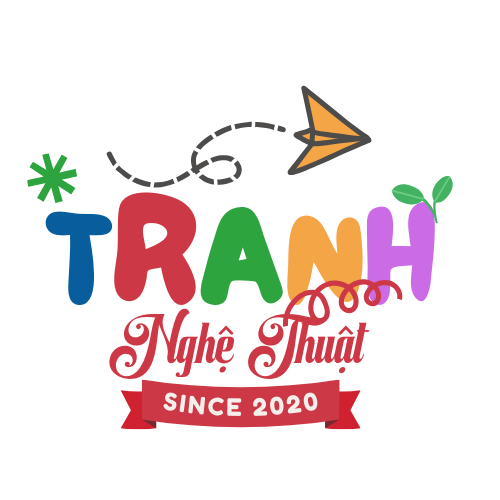global brands, media powerhouses, and innovative sponsorship models. This sophisticated matrix produced more than 4.5 billion euros annually during the 2023-2025 cycle, with sponsorship contributions representing over a quarter of overall earnings per GlobalData’s assessment[1][10][11]. https://income-partners.net/
## Core Revenue Pillars
### Premium Competition Backing
The continent’s top-tier football tournament operates as the monetary centerpiece, attracting a dozen international sponsors featuring Heineken (€65M/year)[8][11], PlayStation (€55M/year)[11], and Doha-based airline[3]. These agreements cumulatively provide over half a billion euros each year through centralized deals[1][8].
Notable commercial developments include:
– Commercial spread: Transitioning beyond alcoholic beverages to tech giants like Alipay[2][15]
– Regional activation packages: Digitally enhanced brand exposure across Pacific regions[3][9]
– Female competition backing: Sony’s dual commitment covering both UCL and Women’s EURO[11]
### 2. Broadcast Dominance
Television licensing agreements form the predominant income source, generating 2.6B euros annually from Europe’s elite competition[4][7]. The European Championship media deals exceeded previous records through partnerships across five continents[15]:
– British public broadcasters capturing record-breaking audiences[10]
– Qatari-owned sports network[2]
– Wowow (Japan)[2]
Innovative developments encompass:
– Digital service provider expansion: Disney+ Hotstar’s Asian strategy[7]
– Hybrid distribution models: Multi-channel delivery on linear TV and social media[7][18]
## Financial Distribution Mechanics
### 1. Club Compensation Models
European football’s financial ecosystem channels 93% of net income back into football[6][14][15]:
– Performance-based rewards: Top-performing clubs earn nine-figure sums[6][12]
– Grassroots funding: over 200 million euros yearly toward community football[14][16]
– Territory-based incentives: UK-based participants secured over a billion in domestic deals[12][16]
### 2. National Association Funding
UEFA’s development initiative distributes 65% of EURO profits via:
– Infrastructure projects: German accessibility enhancements[10][15]
– Junior development programs: Supporting 100+ youth schemes[14][15]
– Gender equity programs: €41M prize pool[6][14]
## Contemporary Issues
### 1. Financial Disparity
England’s top-flight financial dominance significantly outpaces La Liga (€3.7B) and Bundesliga (€3.6B)[12], creating competitive imbalance. UEFA’s financial fair play aim to mitigate these gaps through:
– Salary limitation frameworks[12][17]
– Player trading regulation[12][13]
– Boosted development allocations[6][14]
### Moral Revenue Dilemmas
Although producing €535M from EURO 2024 sponsors[10], 15% of Premier League sponsors are betting companies[17], fueling:
– Problem gambling worries[17]
– Regulatory scrutiny[13][17]
– Fan backlash[9][17]
Innovative organizations are shifting to ethical sponsorship models such as:
– Sustainability projects with renewable energy firms[9]
– Social development schemes backed by banking institutions[5][16]
– STEM training alliances with electronics manufacturers[11][18]
